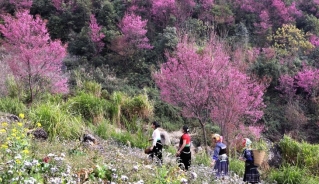Panpipe preserves the soul of the Mong people in Northern Vietnam
VOV.VN - Despite the passage of time and social changes, the Mong ethnic people preserve the khèn (panpipe), a traditional musical instrument deeply connected to the spiritual and cultural life of the Mong, across generations as a cherished symbol of their heritage.
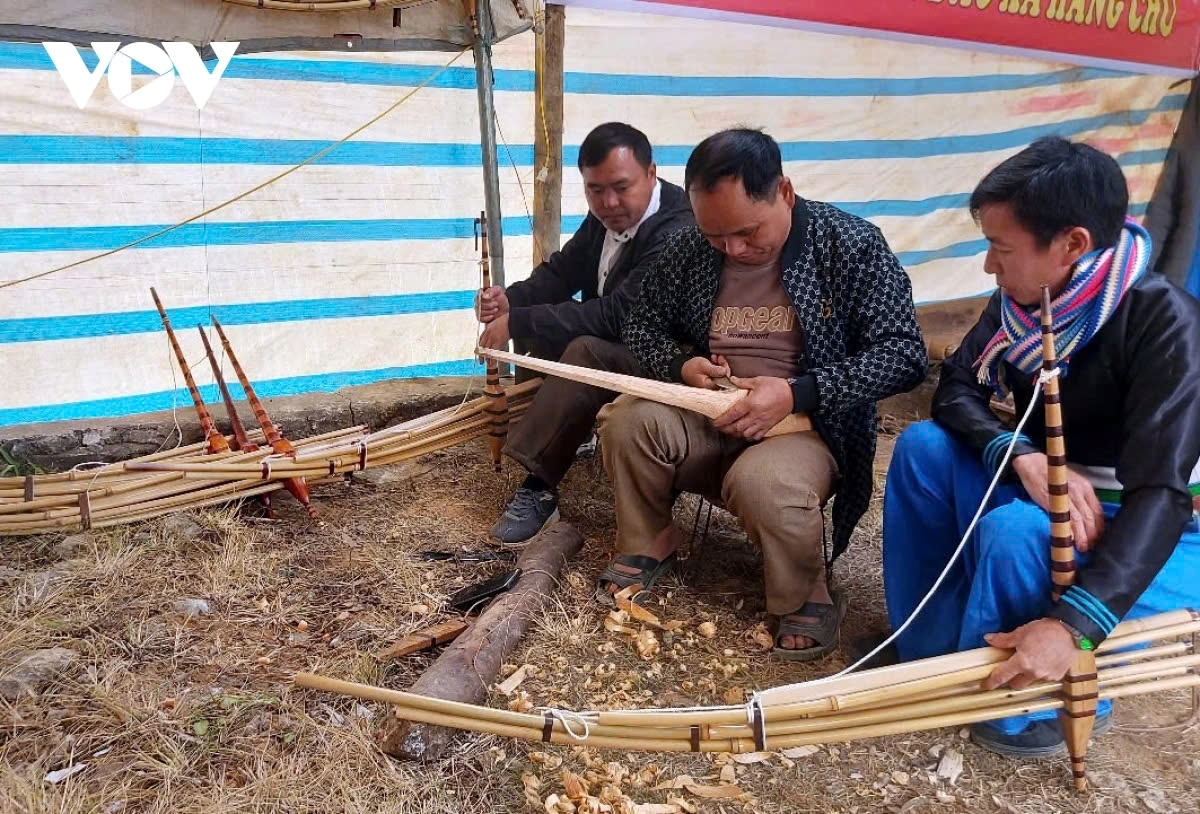
Creating a high-quality khèn requires meticulous craftsmanship, from selecting the right materials to the skilled hands of artisans. The body of the khèn is typically made from pinewood or pơ mu (a type of cypress), chosen for its flexibility. The wood is split into planks, dried, and selected based on length, at least 80 cm, and thickness, about 30 cm. The body is carved, split in half, and hollowed out before being reassembled and secured with rattan to ensure a tight fit.
Traditionally, artisans used hand tools to carve and hollow the wood, but today, machines have made this process faster and more precise.
The khèn consists of six bamboo pipes made from măng dê bamboo. These pipes are boiled to prevent cracking and then sun-dried or stored near a kitchen fire for durability.
Mua A Senh, a renowned khèn maker from Hang Chu village in Bac Yen district, Son La province, shares that the most challenging part of crafting a khèn is forging the copper reeds.
“The hardest part is casting the copper for the reeds, as the precise ratio of materials is crucial. It takes an entire day just to forge two copper pieces, each about 70 cm long. If I work on both the reeds and the khèn simultaneously, it takes around three days to complete one instrument,” Senh explains.
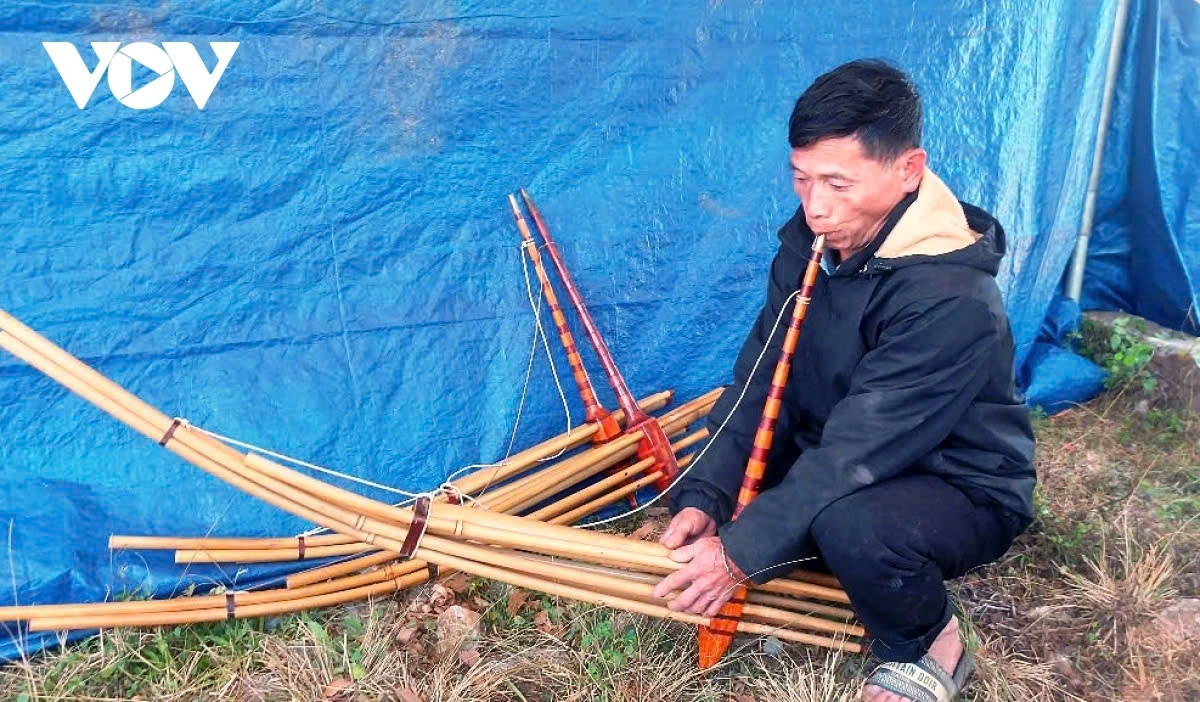
There are two main types of khèn: the short khèn, which produces a rich, resonant sound, and the long khèn, which has a higher-pitched tone. The short one is commonly used by the Hoa Mong and Leng Mong subgroups, as its sound matches their musical style, while the long khèn is favoured by the White Mong. Despite these differences, both types are played similarly, with the only distinction being pitch variations that reflect the dialects of different Mong subgroups.
In funerals of the Mong, the khèn plays a sacred role in guiding the departed back to their ancestors and conveying the prayers and emotions of the living to the deceased. However, the khèn is also used in joyful settings, much like other Mong instruments such as the flute, two-string fiddle, mouth harp, and leaf khèn. It expresses emotions, love, and connection, with melodies that serve as messages between young men and women.
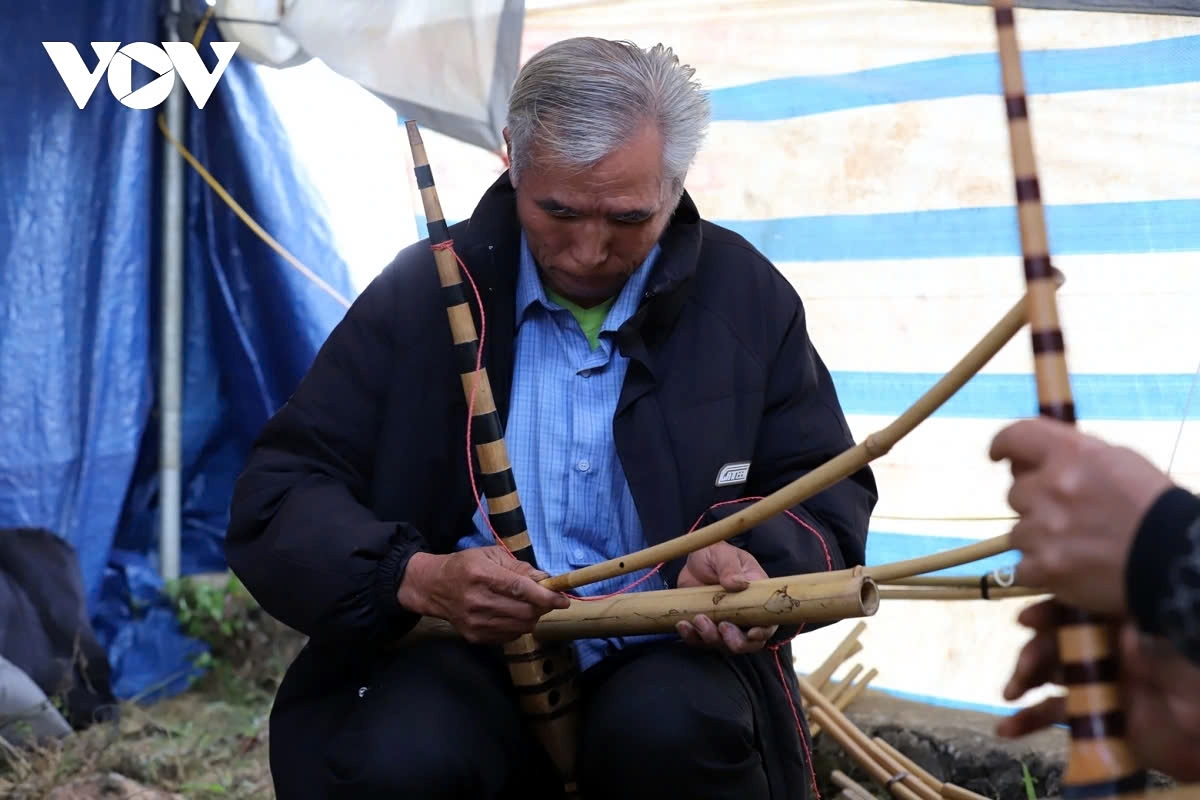
The khèn is also a key feature in weddings and festive celebrations, including traditional Mong dances like khèn dance, performed solo, in pairs, or in groups.
“A khèn performance can be a solo dance or a group dance. The movements can be as gentle as a Mong girl weaving fabric, or as intense as Mong warriors wielding spears against invaders. This dynamic expression captivates audiences and enhances the vibrant atmosphere of Mong festivals,” says Mua Va Chong, a resident of Phinh Ho village in Hang Chu commune.
In many Mong villages, there are fewer artisans who can craft the khèn. To prevent this tradition from fading away, Hang Chu commune recently held the 2025 Ancient Stone Festival showcasing khèn-making workshops where artisans demonstrated their skills and introduced their instruments to visitors. This initiative not only raised awareness but also provided younger generations with the opportunity to learn and continue the craft.
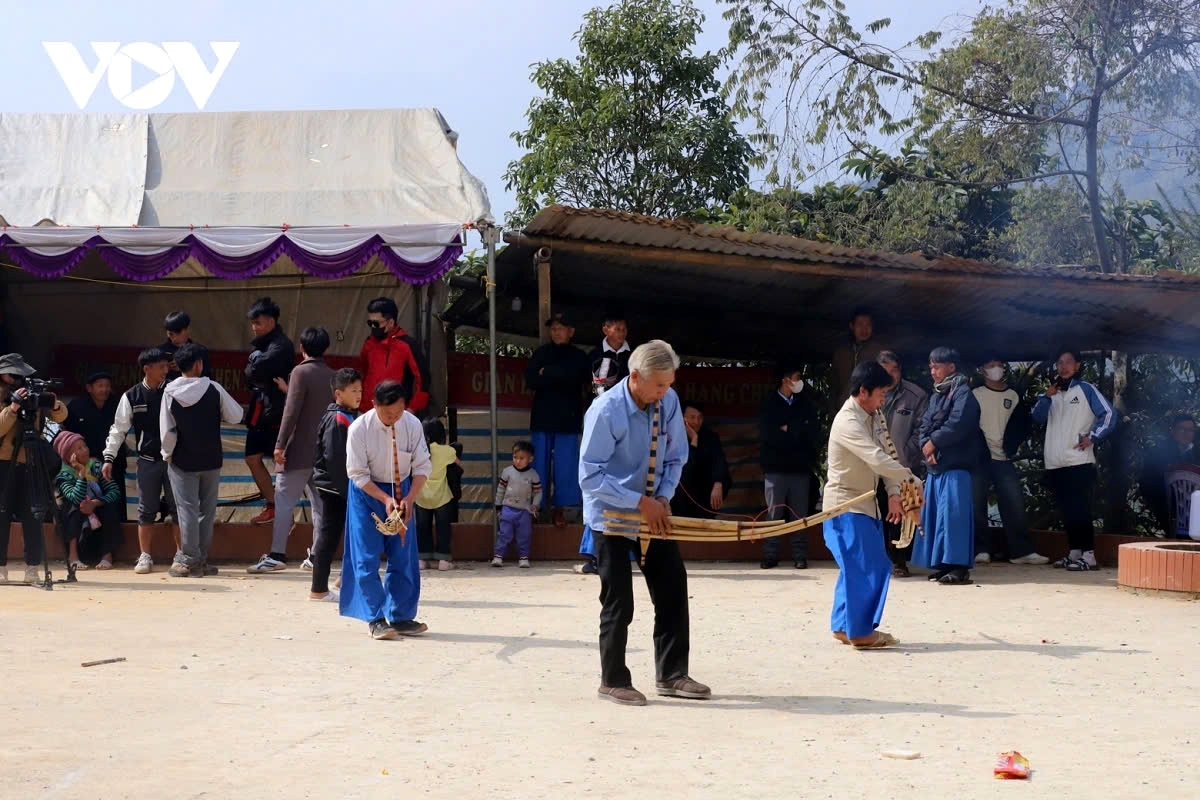
Ho A Dua, head of the Hang Chu commune administration, says, “Following a local Party resolution on preserving and promoting cultural values, we are identifying artisans who can make and play the khèn. We encourage them to pass down their skills to future generations.”
Visiting Mong villages during the spring festival, one is greeted by the soulful melodies of the khèn, blending harmoniously with the vivid colours of traditional Mong attire. Together, they create a mesmerizing picture of highland springtime, filled with joy and cultural pride.

